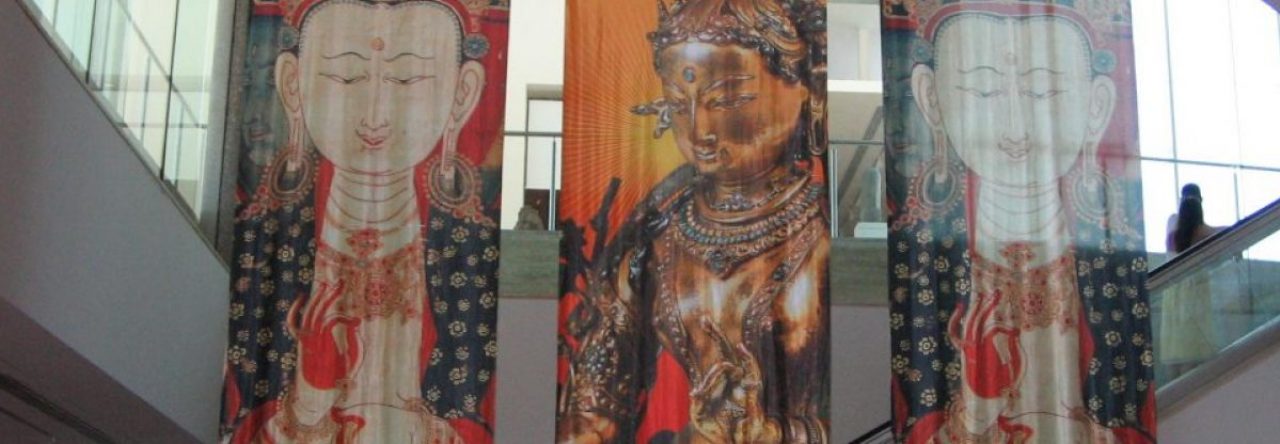In the Sāmaññaphala Sutta we read that a meditator at some stage develops a ‘mind-made body’ (manomayakaya):
“And with [her] mind thus concentrated… imperturbable, [she] applies and directs her mind to the producing of a mind-made body. Out of this body [she] produces another body, having form, mind-made, complete in all its limbs and parts.”
What are we going to make of this? I haven’t ever heard anyone in the Pali-based field teach on this. Yet, it is squarely there in the progression of the Buddhist meditator’s path. We Westerners tend to take what makes sense to us and leave the rest, as though it was irrelevant. What if the mind-made body was more relevant than our cultural lenses could fathom?
Sue Hamilton (I of the Beholder, 2000): “Though what are commonly thought of as body and mind are thus equally integral to one’s experiencing apparatus, in early Buddhism it is accepted that it is possible for one’s body or physical locus to take different froms from that with which we are familiar. In particular, it is accepted that one’s body might be, or become, ‘subtle’, what to us in the West might be terms ‘ghostly’ or ‘ethereal’: not visible in the normal way that our dense physical bodes are visible.”
I think, when reading this, of the development of awareness of the subtle body in several disciplines, including in tantra (and, in particular, in Theravadan Tantra – see Kate Crosby on the Yogāvacara, 2000).
I hope to come up with a way into this topic of the subtle body (mind-made body), but if anyone has any suggestions, I’m welcoming of such.
